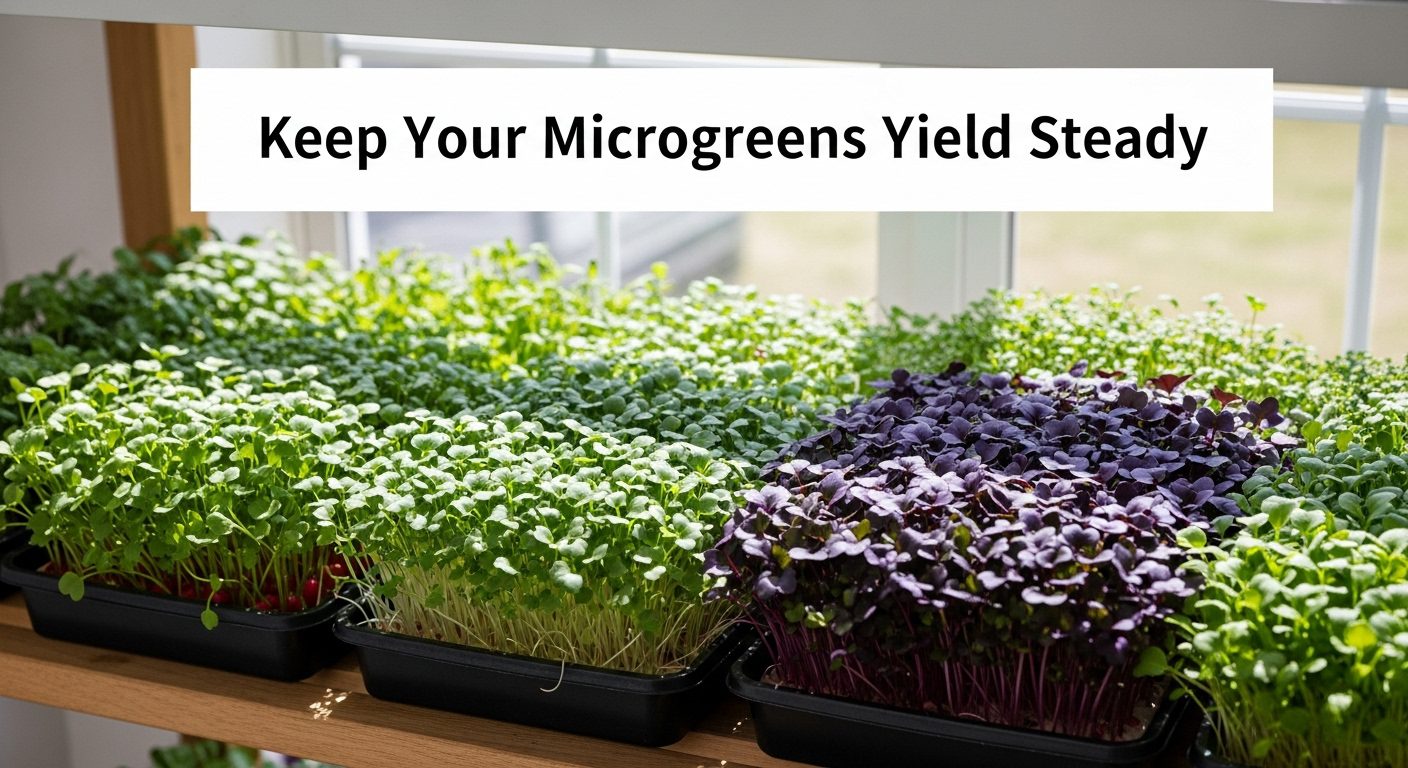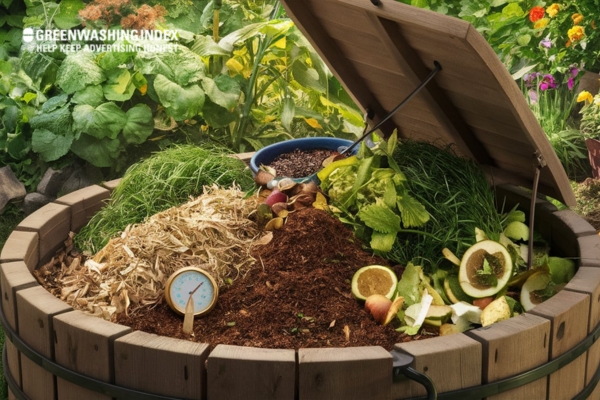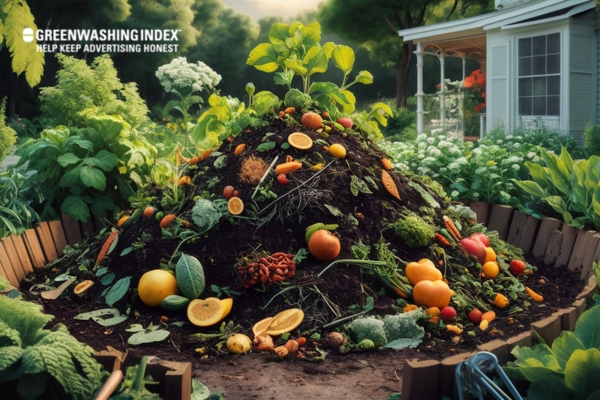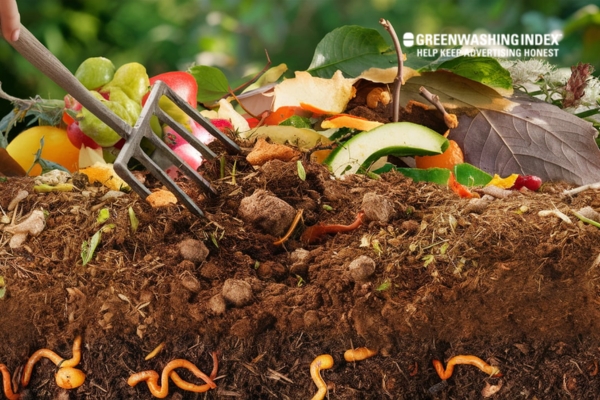

Turning kitchen scraps and yard waste into rich, nourishing soil right in your backyard. Composting Materials at Home is a fantastic way to reduce waste and create something valuable. Picture this: you’re sipping coffee, tossing the grounds into a compost bin, and soon, it’s nourishing your garden.
It’s a simple, rewarding process that makes you feel connected to nature. With Composting at Home, you not only help the environment but also enrich your soil with vital nutrients. Dive into this guide to learn how you can start this exciting journey today!
Compostable materials are organic substances that break down into nutrient-rich soil under the right conditions. This process is essential for reducing waste, as it keeps these materials out of landfills where they would contribute to pollution. Compostability requires a balance of moisture, air, and temperature to decompose properly.

By using compostable items, we can support eco-friendly practices, helping the environment by minimizing waste. This approach not only benefits the planet but also enhances soil quality, making it a valuable practice for sustainable living.
Composting at home offers numerous environmental and personal benefits, transforming organic waste into a valuable resource for gardening. This sustainable practice not only reduces landfill waste but also enriches soil health, promotes plant growth, and minimizes the need for chemical fertilizers.

By engaging in composting, individuals can contribute to a healthier ecosystem while enjoying the cost savings associated with creating their own nutrient-rich compost.
Composting at home is an effective way to recycle organic waste, reduce landfill contributions, and create nutrient-rich soil for gardening. Understanding the types of compostable materials is essential for successful composting. Compostable materials are typically categorized into two types: green materials, which are rich in nitrogen, and brown materials, which are high in carbon.

Both types are necessary for a balanced compost pile, promoting efficient decomposition. Below are various compostable materials commonly found at home, organized by category.
Green materials are typically moist and rich in nitrogen, which is crucial for the growth of microorganisms that decompose organic matter. These ingredients break down quickly, making them vital for a healthy compost pile.
These green materials should be layered with brown materials to maintain a balanced carbon-to-nitrogen ratio, which is crucial for effective composting.
Brown materials are dry and carbon-rich, providing structure to the compost pile. They decompose more slowly than green materials but play a critical role in creating air pockets that facilitate aerobic decomposition.
Incorporating a variety of brown materials helps balance moisture levels in the compost while providing essential nutrients over time.
The kitchen is often a major source of compostable waste. Many items commonly discarded can actually enrich your compost pile if managed correctly.
By utilizing kitchen waste effectively, you not only reduce landfill contributions but also create rich organic matter that benefits your garden.
Garden waste offers a plethora of options for composting, turning what might otherwise be discarded into valuable resources for soil enhancement.
Incorporating garden waste into your compost not only recycles organic material but also enhances soil health when returned to your garden beds.
Many items from personal care routines can also find their way into the compost bin if they meet certain criteria.
By recognizing which bathroom items are suitable for composting, you can further reduce household waste while contributing positively to your garden’s ecosystem.
Setting up a compost system is an excellent way to recycle organic waste and enrich your garden soil. Composting not only reduces landfill waste but also creates nutrient-rich soil that can enhance plant growth. There are various methods to establish a compost system, each tailored to different needs and spaces.
This guide outlines key steps and considerations for setting up a successful composting system, focusing on the three-bin method, which is efficient for managing organic waste at various stages of decomposition.
Selecting an appropriate location for your compost system is crucial for its success. Ideally, the site should be easily accessible, preferably close to your garden or kitchen, to facilitate the frequent addition of materials. Look for a spot that has good drainage to prevent water from pooling, which can lead to anaerobic conditions that hinder decomposition.
A shaded area is beneficial as it helps maintain moisture levels without drying out the compost too quickly. Ensure that the ground is firm and level to prevent the bins from shifting or sinking over time. Additionally, proximity to a water source will make it easier to add moisture when necessary, promoting a healthy composting environment.
Once you’ve chosen a location, it’s time to build your compost bins. The three-bin system consists of three separate bins arranged side by side. This allows you to manage compost at different stages: fresh materials in one bin, actively decomposing materials in another, and finished compost in the last bin. You can construct these bins using various materials such as wooden pallets, wire mesh, or solid panels.
Wooden pallets are an economical choice and can be assembled quickly, while solid panel systems provide better insulation and airflow control. Ensure that each bin has adequate ventilation; this can be achieved by incorporating gaps or using slatted sides in your design. Proper airflow is essential for aerobic decomposition, which speeds up the composting process.
Layering is a vital part of creating an effective compost heap. Start with a base layer of coarse materials like twigs or straw to promote airflow at the bottom of the pile. Next, alternate layers of green materials (high in nitrogen) such as fruit and vegetable scraps, grass clippings, and coffee grounds with brown materials (high in carbon) like dried leaves, cardboard, and paper.
Aim for a ratio of roughly 2:1 of brown to green materials to balance moisture and aeration within the pile. Each layer should be about 2-4 inches thick; this will help maintain proper temperature and moisture levels as decomposition occurs. Remember not to add meat, dairy products, or oily foods as they can attract pests and create odors.
Regular maintenance is key to successful composting. Turn your compost every few weeks using a pitchfork or shovel; this aerates the pile and speeds up decomposition by introducing oxygen into the mix. Monitor moisture levels—your compost should feel like a wrung-out sponge; if it’s too dry, add water gradually while turning it.
Conversely, if it’s too wet and smelly, incorporate more brown materials to absorb excess moisture. Over time, you’ll notice changes in texture and color as organic matter breaks down into rich compost ready for use in your garden.
After several weeks to months of diligent care—typically 2-3 months for a three-bin system—your compost will be ready for use when it appears dark brown and crumbly with an earthy smell. To harvest the finished product, simply remove it from the third bin and use it in your garden beds or potting mixes to improve soil structure and fertility. Any larger pieces that haven’t fully decomposed can be returned to the first bin for further breakdown.
By following these steps and maintaining your compost system diligently, you can transform kitchen scraps and yard waste into valuable compost that benefits your garden while contributing positively to environmental sustainability.
Maintaining your compost is key to ensuring the transformation of organic waste into nutrient-rich soil. Proper care involves regular attention to techniques such as turning and aerating, along with balancing the right materials.

By focusing on these aspects, you can create a thriving compost pile that decomposes efficiently.
Turning and aerating compost are essential practices for effective composting. Aeration provides the necessary oxygen for aerobic microorganisms to thrive, speeding up the decomposition process and enhancing compost quality. While turning the compost introduces air and breaks up compacted materials, it also allows for moisture checks and ensures a balanced environment for microbial activity.
Here are key points about turning and aerating:
A balanced mix of greens and browns is essential for effective composting, as it influences the decomposition process. Greens, rich in nitrogen, provide nutrients and moisture, while browns, high in carbon, add structure and aeration to the compost pile. A common recommendation is to maintain a ratio of approximately 4:1 browns to greens.
This balance helps ensure efficient microbial activity, preventing odors and promoting faster breakdown of materials.
Maintaining this balance is crucial for a successful composting process, as it affects both the speed of decomposition and the quality of the finished compost.
Composting at home is a simple yet impactful way to reduce waste and nourish your garden. By understanding what materials are compostable and implementing effective composting practices, you can create a healthier environment and a thriving garden.
The benefits are significant, from reducing landfill waste to enriching the soil with vital nutrients. With the right setup and regular maintenance, anyone can turn kitchen scraps and yard waste into valuable compost.
If you’re eager to learn more about sustainable living practices, explore more blogs on our site for insightful tips and guidance!
